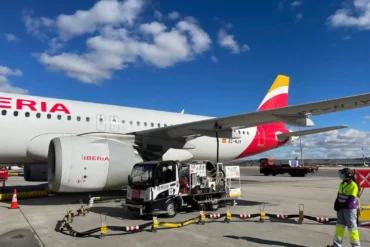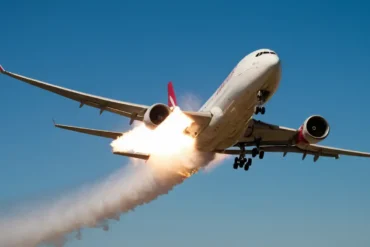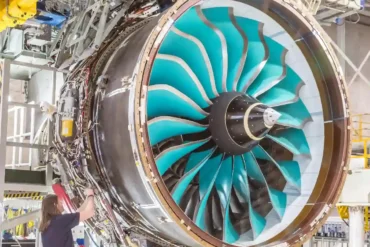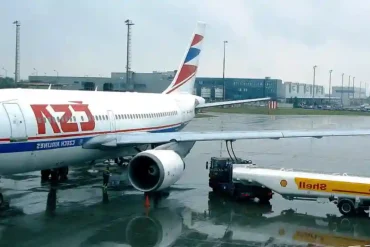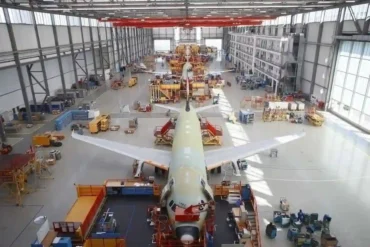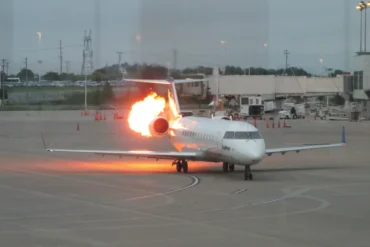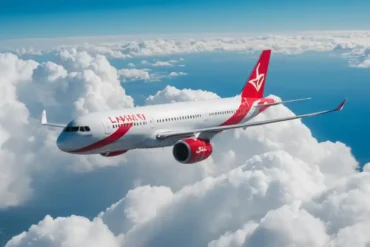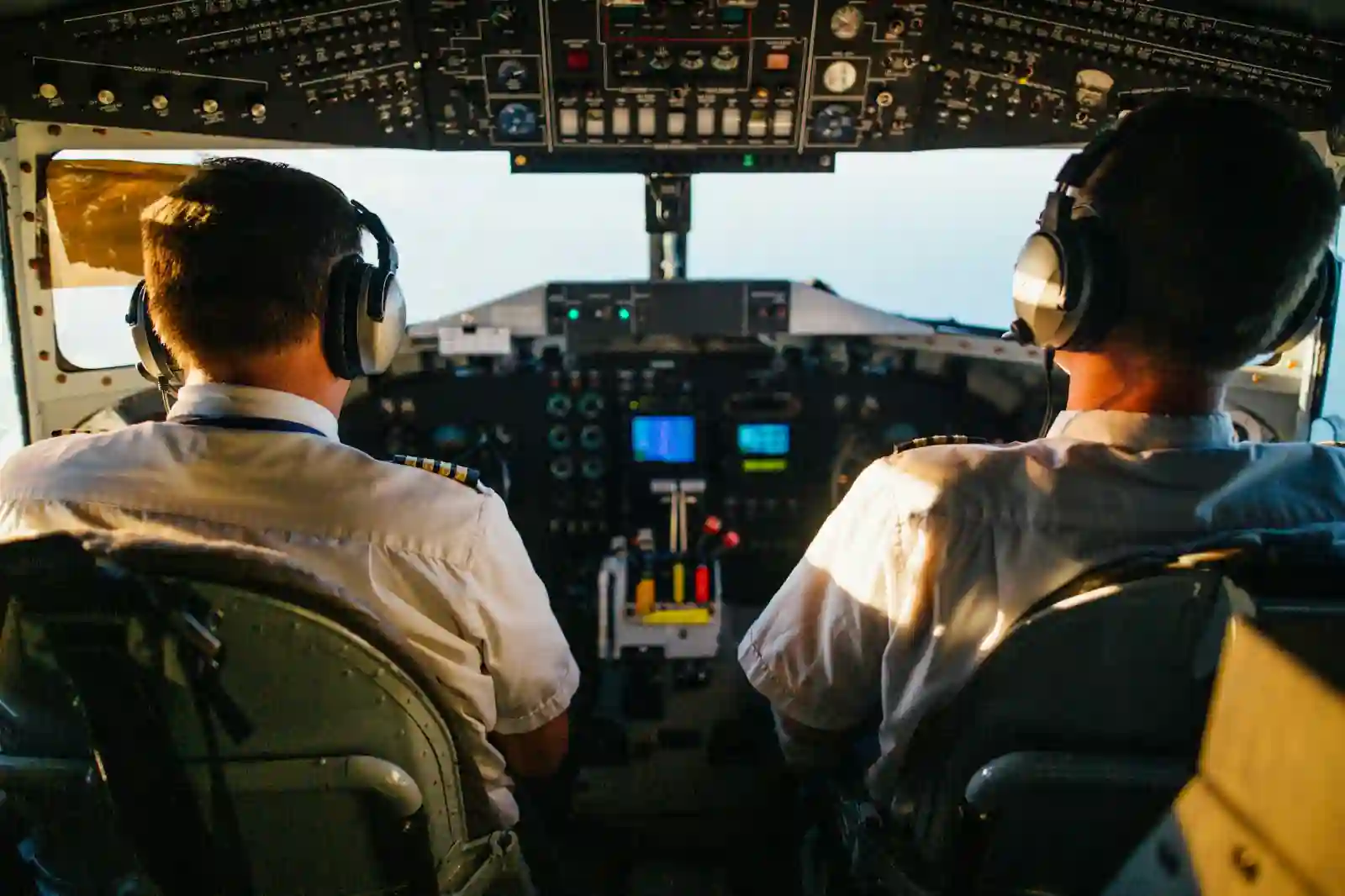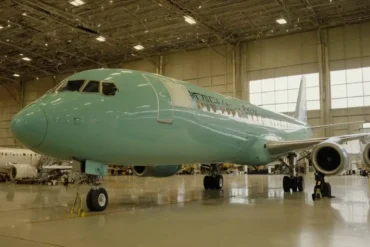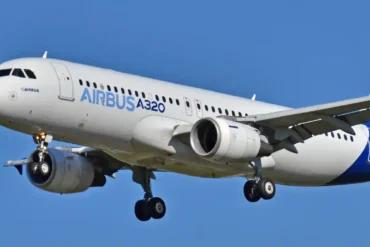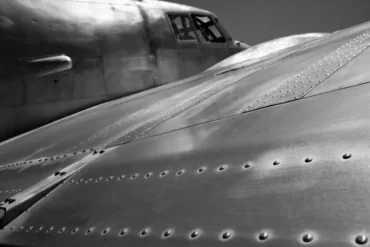Modern aircraft designers often choose to store fuel in the wings for a few handy reasons. The wings have extra space, are easy to access, and play a key role in generating lift for the whole aircraft. Putting fuel in the wings makes the aircraft stronger, more stable during takeoff, and allows for more cargo room.
Storage and Lift
Looking at aerodynamics, the wings directly help create lift, holding up the aircraft during flight. On some long flights, up to a third of the aircraft’s total weight when taking off comes from the fuel.
Key Ideas in Aircraft Design & Aerodynamics
The design process involves estimating weights, performance, structural loads, aerodynamics, controls, and propulsion.
Storing all this weight in the fuselage would reduce cargo space and put more strain on the aircraft structure. Putting fuel in the wings shifts a good bit of the weight to where the lift comes from, easing pressure on the wings during flight and spreading the load out better across the frame.
The wings house controls like ailerons and flaps, along with various electronics and hydraulic equipment for flight. But cargo is usually kept in the fuselage due to height limits.
Strength and Stability
Full fuel tanks in the wings add strength and stability during takeoff. They make the wings more rigid, evenly spread out the takeoff weight, and help keep the wingtips down, balancing the heavier fuselage as the aircraft speeds up on the runway.
Some aircraft wings are designed to bend for better aerodynamic stability, something you can see on jetliners like the Boeing 787 Dreamliner. Using composite materials, these wings can flex up to 25 feet, creating a more streamlined airliner with less drag and better handling of turbulence.
Baffles inside the fuel tanks divide up the space, using stiff partitions with small holes to prevent fuel sloshing during flight. Some aircraft have systems to manually rebalance tanks if one side gets heavier.
Where Else for Fuel Storage?
While wings are the normal place for aircraft fuel storage, some different cases exist throughout history. Some Airbus A320 family aircraft, like the A321LR and A321XLR, show alternatives. The A321LR can hold removable fuel tanks in the cargo hold, while the A321XLR has an integrated central fuel tank for longer range.
Gravity feeding is a plus of wing storage, needing fewer fuel pumps, as the tanks are often above the engines. For aircraft with a belly center fuel tank, the reserve fuel is typically used first to keep gravity feeding.
Some widebody aircraft have rear fuel tanks for ballast in the horizontal stabilizers, managing the center of gravity on long flights.
Fuel storage may change as hydrogen aircraft arrive, like Airbus’ ZEROe concepts. Turbofans and turboprops are envisioned with liquid hydrogen tanks behind the rear bulkhead, and the blended-wing design puts liquid hydrogen tanks under the wings.
Share your thoughts on aircraft fuel storage below!

